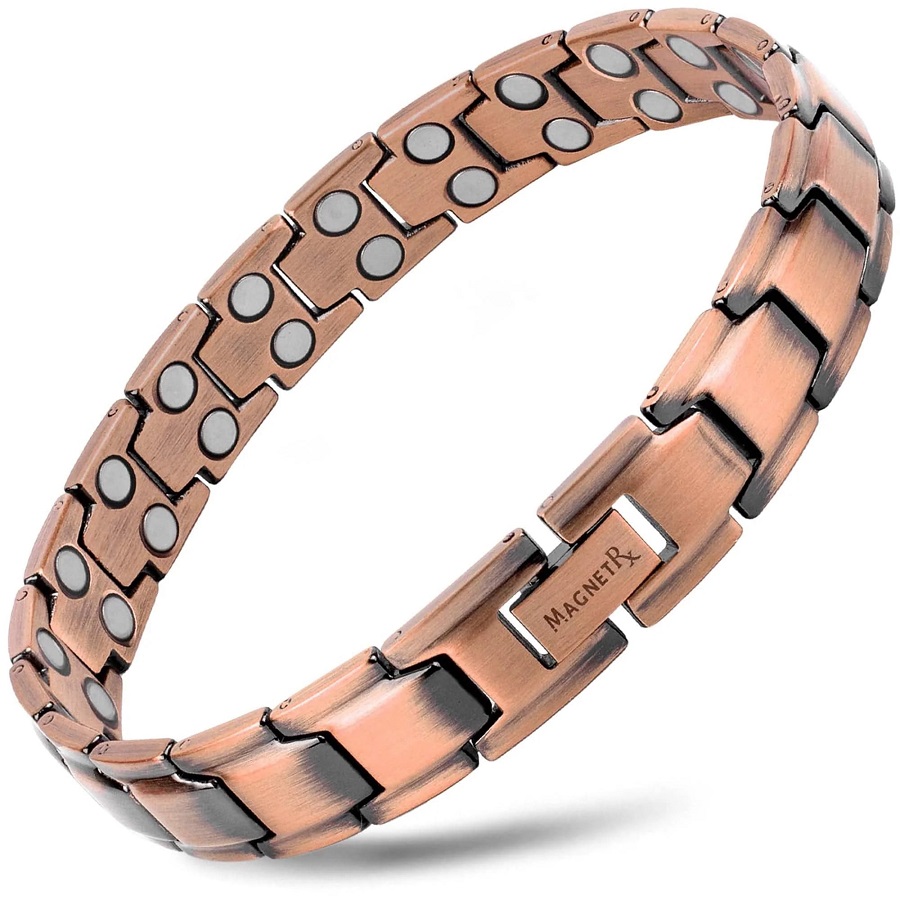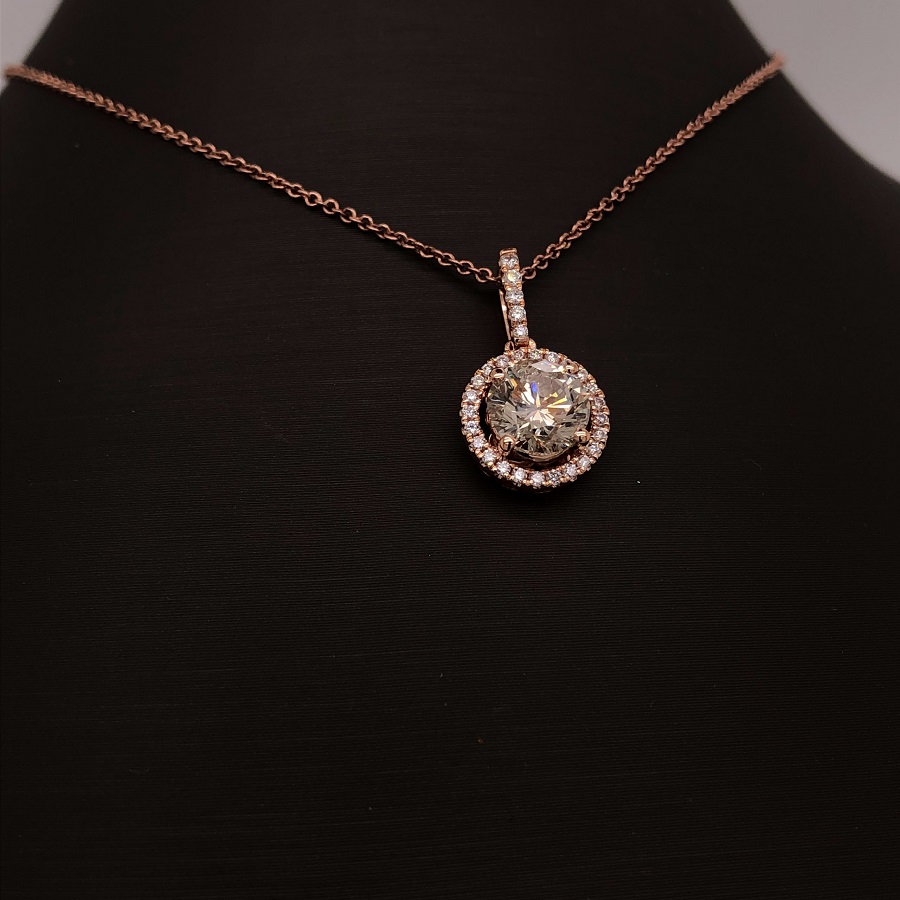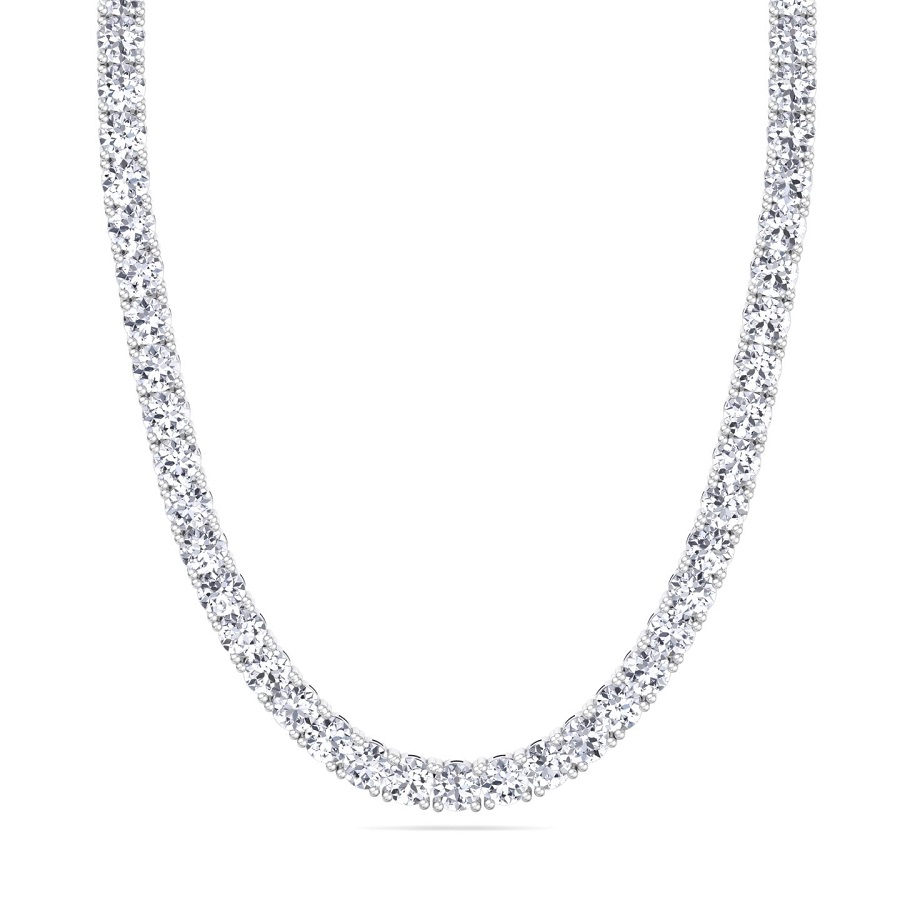Introduction
Magnetic bracelets have gained popularity in recent years, promoted as alternative remedies for a variety of ailments—from arthritis and chronic pain to general well-being. While proponents tout their benefits, skeptics question their efficacy. So, let’s delve deeper into the science behind magnetic bracelets, their proposed mechanisms of action, and the evidence supporting or refuting their claimed benefits.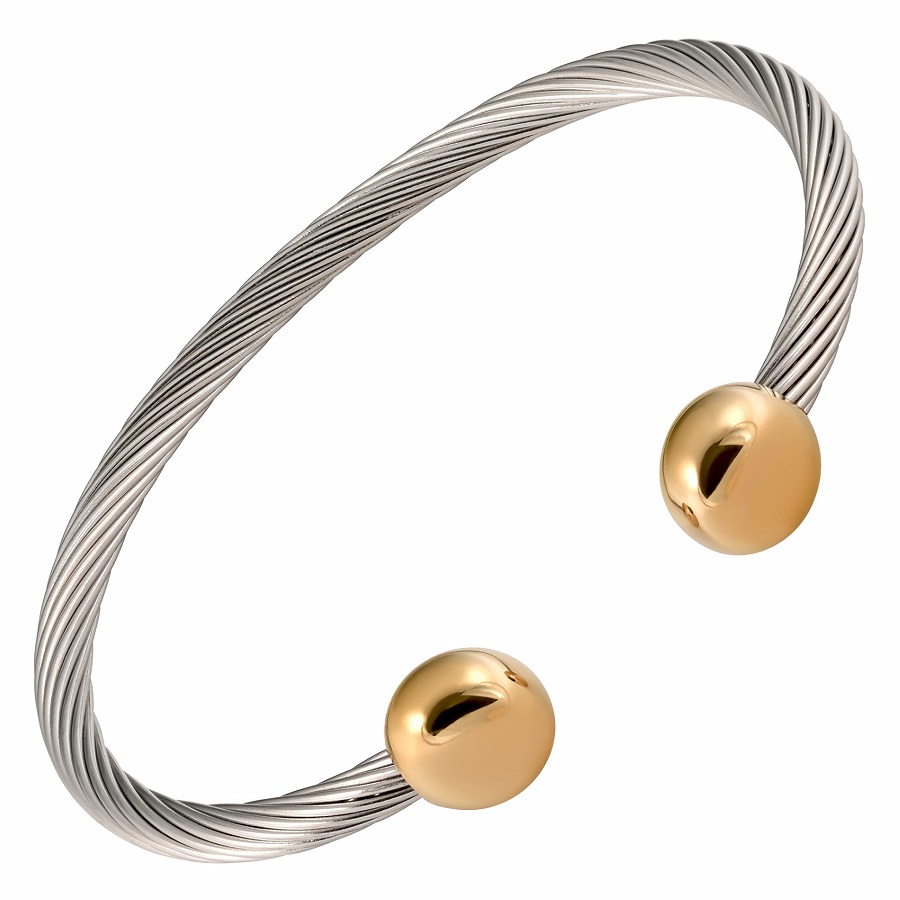
What are Magnetic Bracelets?
Magnetic bracelets are typically made from metals such as stainless steel, titanium, or copper, embedded with magnets. They come in various designs and styles, aiming to appeal to both fashion and health-minded consumers. Their primary selling point is that the magnets can alleviate pain, enhance circulation, reduce inflammation, and provide overall wellness benefits.
How Do Magnetic Bracelets Work?
Advocates of magnetic therapy assert that the magnets in these bracelets interact with the body’s magnetic fields in a way that promotes healing and alleviates pain. The proposed mechanisms include:
- Improved Blood Flow: Some theories suggest that magnets can enhance blood circulation. The theory posits that magnetic fields can affect the way ions and charged particles move within the blood. Enhanced circulation is thought to expedite healing processes and reduce inflammation.
- Pain Relief through Endorphin Release: There’s a belief that magnetism may stimulate the production of endorphins, the body’s natural pain-relieving chemicals. This process could lead to an overall reduction in pain perception.
- Influence on Nerve Endings: There’s speculation that magnetic fields might alter the firing rates of nerve endings, leading to changes in pain sensations.
- Magnetoreception: Some species in the animal kingdom possess magnetoreception, meaning they can sense the Earth’s magnetic fields for navigation. While human magnetoreception hasn’t been conclusively proven, some suggest that our bodies might respond to magnetic stimuli in subtle ways.
The Science Behind the Claims
Despite the theoretical benefits of magnetic therapy, the scientific evidence supporting the effectiveness of magnetic bracelets is mixed and often provides inconclusive results:
- Clinical Studies: A variety of studies have examined magnetic therapy’s effects on conditions like osteoarthritis, rheumatoid arthritis, and chronic pain. Most large-scale reviews have found little to no significant evidence that magnetic bracelets provide substantial relief compared to placebo. For instance, a meta-analysis of numerous clinical trials revealed that while some individuals reported improvement, it was often attributed to the placebo effect rather than an actual physiological change.
- Placebo Effect: The placebo effect is a powerful phenomenon where individuals experience real changes in their symptoms due to their beliefs or perceptions rather than any active treatment. In the case of magnetic bracelets, the mere act of wearing them and believing in their efficacy may lead to subjective feelings of pain relief.
- Individual Variability: It’s important to note that the effects of magnetic therapy may differ greatly among individuals. Some people may find benefit from wearing magnetic bracelets due to personal beliefs or individual physiological responses. However, these effects are generally anecdotal and not statistically significant in scientific research.
- Safety and Risks: Magnets are generally safe for external use, but caution should be exercised for individuals with pacemakers or other electronic medical devices. The strong magnetic fields can interfere with these devices, posing serious health risks.
Professional Opinions
The medical community remains skeptical about the effectiveness of magnetic therapy. Most physicians and pain specialists advocate for evidence-based treatments and tend to regard magnetic therapy as unproven. Organizations like the American College of Rheumatology and the Arthritis Foundation emphasize the need for well-designed clinical trials and caution against relying on unverified therapies.
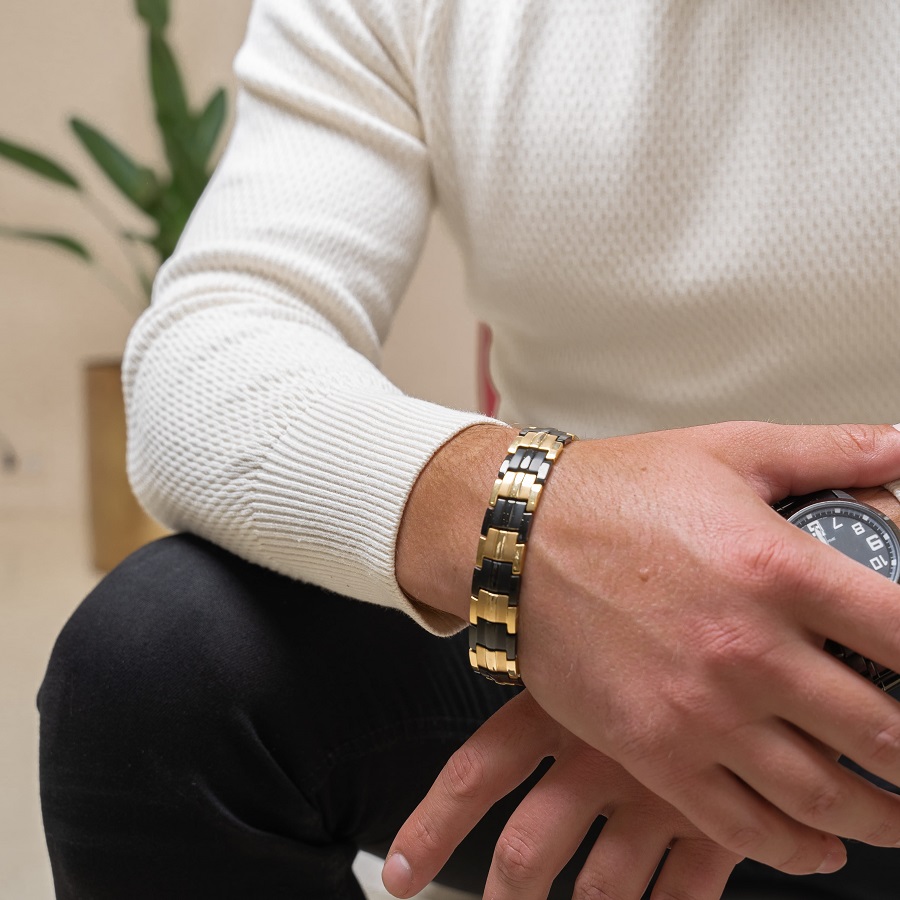
Understanding Magnetic Bracelets
What Are Magnetic Bracelets?
Magnetic bracelets incorporate magnets into their design, often embedded in the metal or set within the bracelet’s structure. Proponents claim that these bracelets can help alleviate pain, improve circulation, reduce inflammation, and enhance overall well-being. While scientific evidence on the efficacy of magnetic therapy is mixed, many wearers report subjective benefits.
How Do They Work?
The proposed mechanism behind magnetic therapy is that the magnets generate a magnetic field that may influence the body’s electromagnetic field. This interaction is believed to enhance circulation and promote healing, though more research is needed to fully understand any effects. Regardless of the scientific backing, many individuals appreciate magnetic bracelets for their unique designs and comfort.
Types of Magnetic Bracelets
Magnetic bracelets come in a variety of styles, each offering different aesthetics and potential benefits. Let’s explore several types of magnetic bracelets to help you understand your options.
1. Cuff Bracelets
Cuff bracelets are characterized by their open-ended design, which allows for easy wear and adjustment. Many cuff-style magnetic bracelets are made from metals such as stainless steel or titanium and feature bold designs. These are ideal for making a fashion statement and are typically adjustable to fit a variety of wrist sizes.
2. Chain Bracelets
Chain magnetic bracelets are composed of interconnected links, much like traditional chain bracelets. These can vary from delicate and elegant to heavier and more industrial styles. Chain designs offer a classic look and can be made from various materials. They often include additional adornments such as gemstones or charms for a personal touch.
3. Bangle Bracelets
Bangles are rigid and typically circular, designed to slide over the hand and rest on the wrist. Magnetic bangles can be minimalist or heavily embellished, making them versatile for various occasions. Many bangle styles allow for multiple bangles to be stacked for a trendy layered look.
4. Leather Magnetic Bracelets
Leather magnetic bracelets fuse the natural appeal of leather with functional magnetic therapy. These often use metal clasps or magnetic closures that blend seamlessly into the leather design. Leather options can provide a more casual or bohemian aesthetic, perfect for everyday wear.
5. Fashion Bracelets
Fashion magnetic bracelets often incorporate numerous materials, including metals, leather, beads, or woven fabrics. These designs are trendy and may follow current fashion styles or seasonal trends. If you want something unique that reflects your personal style, fashion magnetic bracelets offer gorgeous options.
Magnetic Bracelet Materials
The choice of material impacts not only the bracelet’s style but also its durability, weight, and potential therapeutic effects. Here are some common materials used in magnetic bracelets:
1. Stainless Steel
Stainless steel is one of the most popular materials for magnetic bracelets due to its corrosion resistance, durability, and hypoallergenic properties. It can be polished for a sleek appearance or brushed for a more matte finish. Many stainless steel bracelets feature magnets that are either integrated into the design or attached as charms.
2. Titanium
Titanium is lightweight but incredibly strong, making it a great option for those who prefer a lighter feel without sacrificing durability. It’s also hypoallergenic, making it suitable for individuals with sensitive skin. Titanium bracelets often come with sleek, modern designs.
3. Copper
These bracelets offer a rustic look and may develop a natural patina over time, adding to their character.
4. Silver
Silver magnetic bracelets are both classic and timeless. While not as durable as stainless steel or titanium, silver offers a beautiful sheen and can sometimes feature intricate designs or settings for stones. Pure silver has antimicrobial properties, which can complement the therapeutic intentions behind magnetic therapy.
5. Leather and Fabric
Leather and fabric magnetic bracelets incorporate magnets into their design while offering a unique texture and feel. The flexibility and comfort of leather make it an attractive choice for casual wear, while fabric designs can add color and personality to any outfit.
Considerations When Choosing a Magnetic Bracelet
When selecting a magnetic bracelet, consider the following factors to ensure that your choice aligns with your style and needs:
1. Comfort and Fit
A magnetic bracelet should feel comfortable and fit well on your wrist. Adjustable designs allow for more accurate sizing, while solid bangles may require more careful selection to ensure they slide over your hand comfortably.
2. Design and Aesthetics
Choose a design that resonates with your personal style. Whether you prefer a classic, elegant look or a contemporary, bold statement piece, there is a magnetic bracelet that will suit your taste.
3. Strength of Magnets
The strength of magnets can vary, and many bracelets will advertise their magnet power in gauss (the unit of magnetic flux density). If you believe in the therapeutic properties of magnetic bracelets, you might want to consider those with stronger magnets.
4. Care and Maintenance
Different materials require different levels of care. Stainless steel and titanium are relatively maintenance-free compared to silver or copper, which may tarnish over time. Leather might require conditioning to maintain its luster and prevent drying out.
5. Health Considerations
If you have medical devices like pacemakers or insulin pumps, consult your doctor before wearing a magnetic bracelet. Though most individuals can wear these bracelets without issues, it’s crucial to be cautious if you have underlying health concerns.
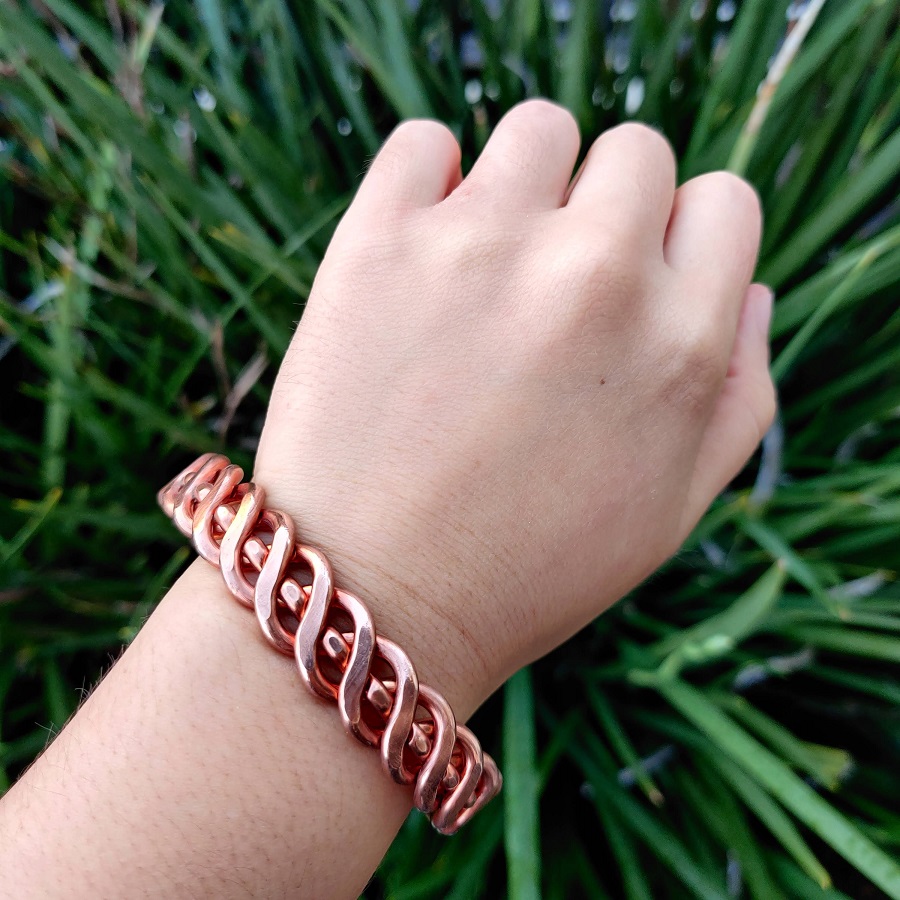
Conclusion
While magnetic bracelets are marketed with promises of pain relief and enhanced health, a thorough review of scientific evidence indicates that their benefits are limited and largely attributable to placebo effects. For individuals interested in exploring magnetic therapy, it’s essential to approach it with an open mind but also a healthy dose of skepticism.
As always, for persistent health issues, consulting a healthcare provider is crucial to determine the best course of action based on comprehensive evidence and individual medical history. Ultimately, while magnetic bracelets may offer a fashion statement, they should not be relied upon as a substitute for conventional medical treatments and interventions.
